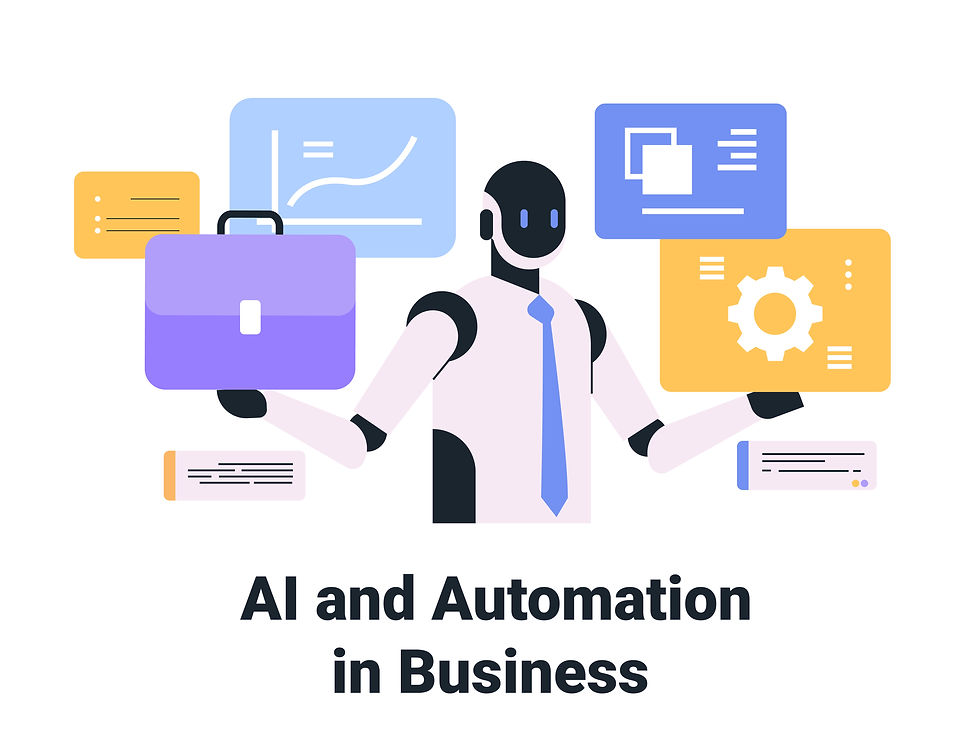🧠 No Figma, No Waiting: How We Built a Real Product Demo in Just a Few Hours
- Patrick Wong

- Jul 9
- 3 min read

Vibe-style tools are frameworks that allow designers and developers to prototype user interfaces using real, production-grade code. Rather than designing in tools like Figma and later translating to HTML/CSS, we code UI directly—making the prototype functional from the start.
These tools typically include:
UI component libraries for buttons, modals, forms
Built-in data state management
Preview environments with hot reload
Seamless API integration
This lets us skip the mockup stage and go straight to building an interactive experience—what the user sees is what they’ll get.
🚀 Benefits for Clients
This shift brings real business benefits to our clients:
✅ Rapid Turnaround – See a working version in days or even few hours
✅ Aligned Expectations – No surprises between prototype and launch
✅ Lower Costs – Fewer design-to-dev handoffs and reduced rework
✅ Earlier Testing – API integration and real data come in earlier
✅ Agile Feedback Loops – Update immediately based on live user or stakeholder input
For industries like retail, where campaign cycles are fast and user experience is critical, this approach delivers both speed and precision.
🛍️ Case Study: Retail Product Discovery Portal
A well-established retail brand partnered with CC Concept to build a digital product discovery portal that highlights promotions and seasonal arrivals. The portal needed to be:
Mobile-first and responsive
Personalized for logged-in users
Integrated with live product data
Campaign-ready for frequent updates
Using our Vibe-style approach, we launched the MVP in just 6 weeks—30% ahead of schedule.
🛠️ Project Workflow in Detail
🔹 Week 1: Planning & Discovery
We held workshops with the client to define:
Key pages: Home, product grid, product details
Required features: filtering, add to cart, campaign banners
API documentation for backend integration
Target devices and usage scenarios
Deliverables: sitemap, sample data schema, design tokens (colors/fonts)
🔹 Week 2: Interactive Prototype in Code
Using Vue.js and TailwindCSS, our front-end team coded a live prototype with:
Sample product tiles
Scrollable grid view
Filtering sidebar and banner carousel
This demo was hosted and shared with stakeholders within 3 days, enabling immediate hands-on testing.
Client comment:
“This already feels like a working app—not just a demo.”
🔹 Week 3: Rapid Iteration
Stakeholders provided UI and UX feedback:
Larger product images
Mobile-first filter behavior
Shortened purchase CTA text
All changes were made the same week—no re-exporting from design tools, no waiting on developer handoffs.
🔹 Week 4: API & CMS Integration
Our backend team plugged in:
Product and pricing APIs
Real-time inventory status
CMS-driven banners and tags (“New Arrival”, “Hot Sale”)
We also added user login functionality, enabling personalized layouts.
🔹 Weeks 5–6: Final QA & Launch
QA ran browser/device compatibility checks, performance tests, and accessibility audits. We:
Optimized image loading
Integrated analytics
Set up content fallback states
Finalized responsive breakpoints
The product launched by end of week 6, fully functional and aligned with stakeholder expectations.
📈 Results
⏱️ Time-to-launch reduced by 30%
💰 Design/dev effort reduced by 25%
🧪 Internal testing began 3 weeks earlier than normal
📊 Live CMS and analytics fully functional at launch
🎯 No major UX/UI rework needed after stakeholder review
🔍 Why This Matters
In retail, time-to-market can directly impact revenue. Seasonal campaigns, flash sales, and marketing launches can’t wait weeks for design cycles to play out.
At CC Concept, our Vibe-style coding approach ensures that teams can build, review, and iterate in real time, shortening go-to-market windows and eliminating wasted effort.
Whether you're launching a consumer portal, mobile app, or internal tool — this model works. You get:
Real demos earlier
Fewer misunderstandings
Smoother QA and fewer bugs
Cost savings from reduced duplication





Comments